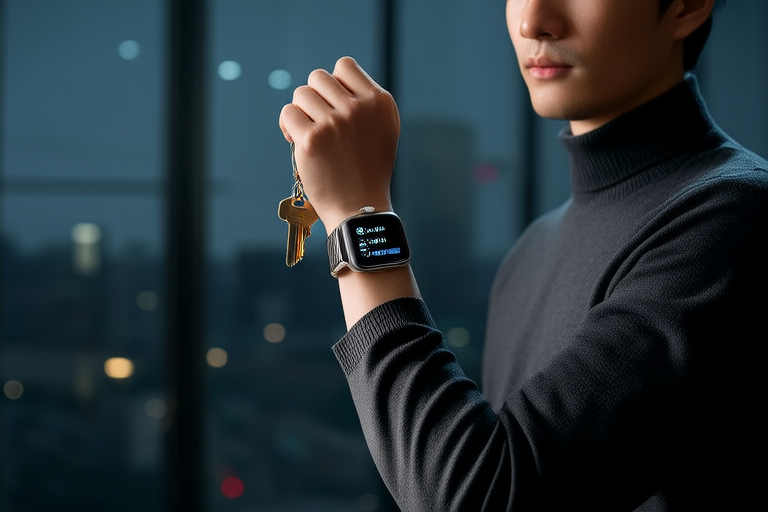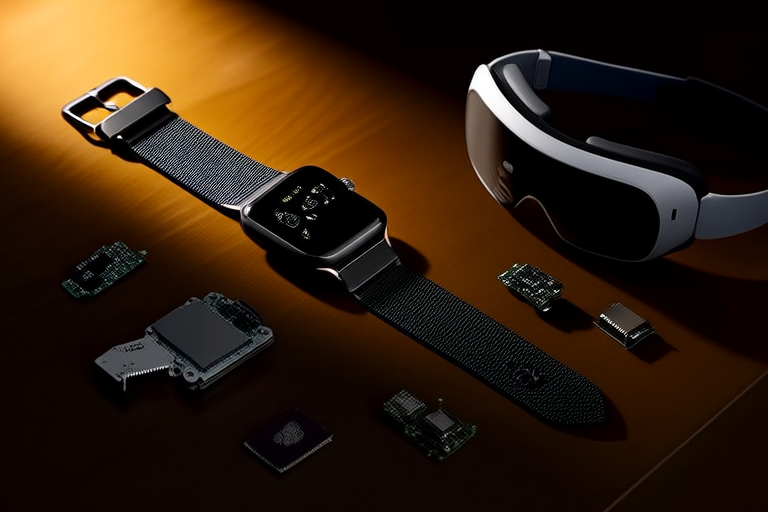The Future of Fitness: How Wearable Devices Are Redefining Health Tracking
Introduction
Bearable devices have become an integral part of modern fitness and health tracking. These devices, ranging from simple pedometers to sophisticated smartwatches and fitness bands, offer users a convenient and accessible way to monitor their physical activity, sleep patterns, and overall health. Over the years, wearable tech has evolved significantly, becoming more accurate, reliable, and user-friendly. As a result, their importance in modern health management has grown exponentially. This article explores the evolution of wearable devices, their key features, impact on user behavior, integration with healthcare systems, privacy concerns, and future prospects.
The Evolution of Wearable Devices
The journey of wearable devices began with basic pedometers, which were used to count steps. These devices were relatively simple and provided limited information. However, advancements in technology have transformed these devices into sophisticated tools capable of tracking various aspects of health and fitness. Today’s wearables are equipped with advanced sensors, GPS, and even AI-powered algorithms, making them more accurate and reliable. For instance, modern smartwatches can track heart rate, blood oxygen levels, and even provide ECG readings. These advancements have made wearables indispensable tools for both fitness enthusiasts and healthcare professionals.
Key Features of Modern Wearable Devices
Contemporary wearable devices come packed with a variety of features designed to provide a holistic view of personal health and fitness. Heart rate monitors, for example, allow users to track their heart rate during workouts and throughout the day, helping them understand how their body responds to different activities. Sleep trackers offer insights into sleep quality, duration, and stages, enabling users to make adjustments for better rest. GPS capabilities allow users to map out their routes and distances, while calorie counters help monitor daily intake. Additionally, many devices now include built-in GPS, altimeters, and barometers, providing users with a comprehensive overview of their physical activity and overall health.
Impact on User Behavior
Wearable devices play a crucial role in encouraging healthier lifestyles by providing real-time feedback and setting goals. Users can set specific fitness goals, such as running a certain distance or burning a particular number of calories, and receive immediate feedback on their progress. This real-time feedback motivates users to stay active and monitor their overall well-being. Moreover, wearables often feature gamification elements, such as challenges and rewards, which further enhance user engagement. By offering a sense of achievement and competition, these devices help users maintain their motivation and commitment to their fitness goals.
Integration with Healthcare Systems
Wearable devices are increasingly being integrated into healthcare systems, allowing for better patient monitoring and personalized care plans. Remote patient monitoring is one of the most significant benefits of this integration. Patients with chronic conditions can wear devices that continuously track vital signs, such as heart rate, blood pressure, and glucose levels. This data can be transmitted to healthcare providers in real-time, enabling them to adjust treatment plans as needed. Predictive analytics and early detection of health issues are also potential benefits of this integration. By analyzing large amounts of data, healthcare providers can identify trends and patterns that may indicate potential health problems before they become severe.
Privacy and Data Security
Privacy and data security are critical concerns when it comes to wearable devices. Users must trust that their sensitive health information will be protected from unauthorized access. To address these concerns, manufacturers are implementing robust security measures, such as encryption and multi-factor authentication. Additionally, many companies are adopting transparent data policies, clearly outlining how user data is collected, stored, and shared. By prioritizing user privacy and data security, manufacturers can build trust with their customers and ensure that their devices remain a valuable tool for health and fitness tracking.
Future Prospects
The future of wearable technology holds great promise, with innovations such as improved battery life, more advanced sensors, and seamless integration with other health technologies on the horizon. One emerging trend is the use of augmented reality in fitness, which could provide users with immersive workout experiences. Another exciting development is the use of artificial intelligence for personalized health insights. AI algorithms can analyze vast amounts of data to provide tailored recommendations for diet, exercise, and sleep. Furthermore, advancements in sensor technology may lead to wearables that can detect a wider range of health indicators, such as stress levels or respiratory function. These innovations have the potential to revolutionize the way we approach fitness and health tracking.
Conclusion
In conclusion, wearable devices have come a long way since their inception and continue to evolve, offering users a more comprehensive understanding of their health and fitness. From basic pedometers to sophisticated smartwatches and fitness bands, these devices have become essential tools for both fitness enthusiasts and healthcare professionals. Their ability to provide real-time feedback, set goals, and integrate with healthcare systems makes them invaluable for promoting healthier lifestyles and improving overall well-being. While privacy and data security remain important concerns, manufacturers are taking steps to address these issues and ensure user trust. As technology continues to advance, the future of wearable devices looks promising, with innovations that could further transform the way we manage our health.




